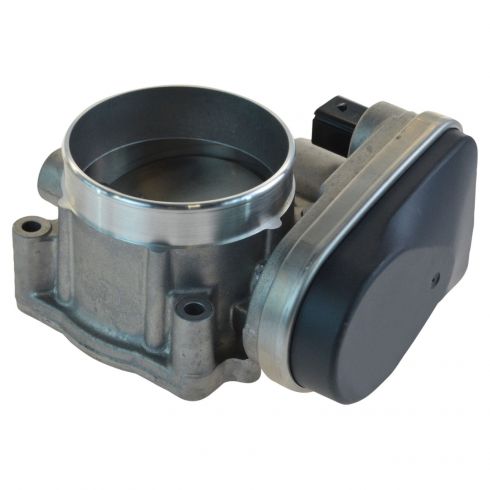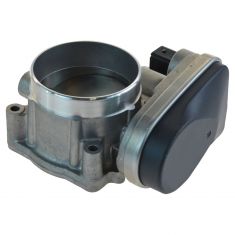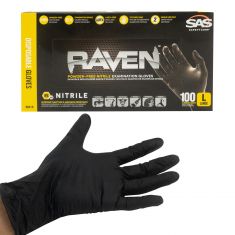MPTBA00003-Dodge Ram Chrysler Throttle Body Assembly Mopar 53032801AC

Replaces
2007 Chrysler Aspen V8 5.7L Throttle Body Assembly Mopar 53032801AC

Frequently bought together
Product Reviews
Loading reviews
There are no reviews for this item.
Customer Q&A
Does the replacement unit come pre- programmed? I have been told to make sure if not I would have to find someone who could do it or dealer. Thank you Dan
July 16, 2018
10
The unit should just be a plug and play application, but a lot of Dodge applications will require a relearn process.
July 16, 2018
T I
10
This item should arrive back in stock around the 27th of this month. However, this is estimated by our vendor and is subject to change. Please feel free to add your email to the notify my list so you are informed once stock arrives, thank you.
July 17, 2018
Jessica D
10
I don't know if it's pre-programmed. I put it on and it worked, but had to take to mechanic because squirrels chewed the wires.
July 17, 2018
Margaret B
10
Hey Dan,
I was able to simply take out the old one and put in the new with no programing needed. Just be sure the gasket goes in correctly (is hard to mess it up), and snug it into place. Worked right off the bat.
July 17, 2018
Chris L
10
My truck idled high until I drove it on the highway for 300+ miles. Tried the relearn process numerous times and didnt work. I found by driving it over 45 mph for a while eventually the computer adjust to the new throttle body assembly.
December 13, 2018
Matthew Z
so what does relearn mean? run it for awhile?
January 17, 2022
10
Typically with a Chrysler you turn the key to the on position (not running) and with your foot off the brake, slowly press the gas pedal to the floor and hold for 10 to 20 seconds. Slowly release the pedal all the way, step on the brake & start the engine. This should allow the PCM to to recognize the full range of the throttle body.
January 18, 2022
Jason R
Chrysler is a registered trademark of FCA US LLC. 1A Auto is not affiliated with or sponsored by Chrysler or FCA US LLC.
See all trademarks.














